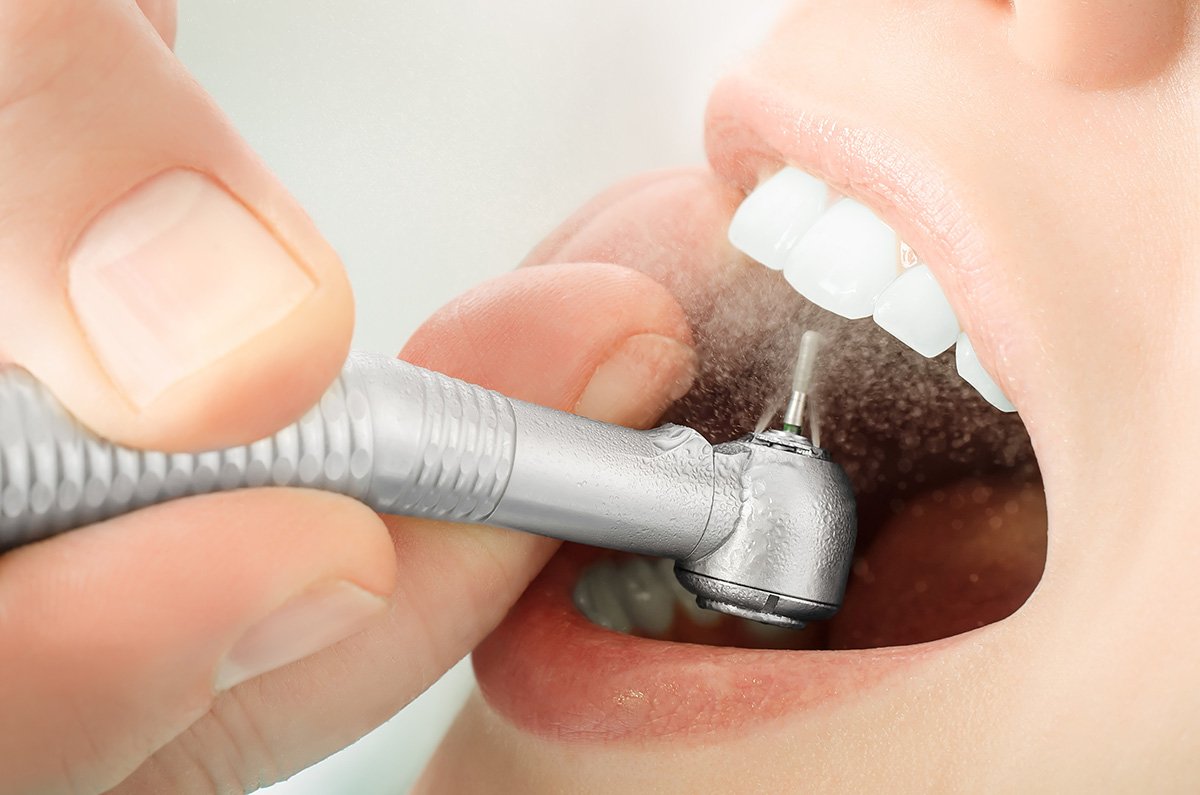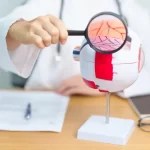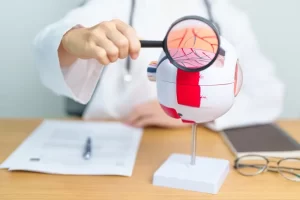
Restorative dentistry is a special branch of dentistry that deals with restoring a diseased or damaged tooth. They aid in preserving the natural tooth’s original shape and size in an attempt to prevent the tooth from extracting.
The dental care in Mooresville, NC offered by specialized dentists aims to repair and restore a damaged or diseased tooth to significantly improve oral health and your overall well-being.
An introduction to restorative dentistry
Restorative dentistry is an important branch of dentistry that focuses on repairing and replacing damaged or diseased teeth. Teeth can be damaged due to dental decay, trauma, or gum disease. This discipline of dentistry also addresses dental issues like missing teeth. The main goal of restorative dentistry is to restore oral health, chewing abilities, and speech.
Types of procedures offered in restorative dentistry
There are several types of dental restorations, depending on your oral needs. These include:
Dental fillings
- Dental cements are designed and formulated to restore mild to moderate tooth cavities. These materials seal the tooth and prevent further damage.
Dental crowns
- These are specialized caps that restore a broken tooth or repair extensive tooth decay. They also help replace missing teeth when fabricated for a dental bridge. These are customized according to the shape, size, and color of the affected tooth.
Inlays and Onlays
- Sometimes, a cavity may be too small for a crown or too big for a filling. In such cases, your dentist may recommend inlays or onlays that are customized according to the tooth.
- Inlays fill areas between the cusps, while onlays cover at least one cusp.
Root canal therapy (RCT)
- Extensive dental caries with pulpal involvement may require advanced procedures like root canal therapy.
- RCT involves the removal of the decayed crown tissues and the entire pulp and replacing it with a biocompatible plastic material like gutta-percha.
- Crowns are then fabricated to cover the treated tooth to strengthen it and restore oral functions.
Dental bridges
- These are permanently fixed prostheses that replace one or more missing teeth. They act as a connection or bridge, connecting two teeth adjacent to the missing space.
Dentures
- They are traditional, removable teeth replacement solutions that replace one or more missing teeth.
Dental implants
- This is a small screw-like post of titanium inserted into your jawbone to mimic the lost tooth root. They offer support and stability for future restorations like crowns and dentures.
Conclusion
Restorative dentistry is the most common services offered by your dentist that help eliminate pain and infection, restore your tooth form and function, and greatly influence your personality by enhancing your smile. These procedures greatly save your teeth from unwanted extractions and significantly rehabilitate your oral health.







